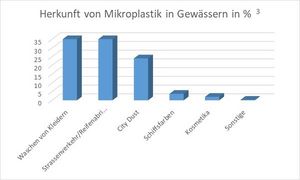Microplastic – where does it come from? What can be done?
Microplastic – where does it come from? What can be done?
| Author: Patrick Semadeni
We constantly see images of beaches filled with rubbish. However, it is not just large plastic parts that get into the environment but also small, so-called microplastic.
According to the generally recognised definition, we understand microplastic as plastic particles that are smaller than 5mm diameter. The particles have been found in bodies of water and also on land.
How dangerous is microplastic?
The specific toxicological effects associated with plastics in the environment are known only to a limited extent1. Plastics themselves are not toxic materials2, being used, after all, to pack food and manufacture implants, for example. An international meta study revealed that these small particles are not very hazardous to water organisms. In addition, they can be confused with soluble polymers from shower gels and shampoos. Such soluble polymers are micro-contaminants such as medicinal products and pesticides.2
Despite this, these particles are not desired in the environment.
Where does microplastic come from?
There are two types of microplastic: particles that are intentionally added to a product, such as a toothpaste or an exfoliating cream, and such that arise from large plastic pieces through abrasion or degradation.
The two main sources of microplastic are road traffic and textile washing.
City dust is also responsible for a large proportion of it. This includes wear debris from objects such as shoe soles, furnishings in homes and businesses such as carpets, wear debris from artificial grass, weathering of building paint coats, etc.
Thus, microplastic comes hardly at all from the plastic packaging we use on a daily basis but mainly from driving cars and washing clothes!
Cotton clothing as an alternative?
One could be tempted to demand that synthetic clothing fibres be banned. In cotton, a replacement material is available. However, it must be taken into account that cotton needs a lot of water and is susceptible to pests. This requires water and pesticide. A 250 g cotton t-shirt alone needs an average of 2,495 litres of water!4 The ecological benefit of foregoing synthetic fibres is far from sure. It is much better to ensure that no fibres get into the sewage. Best with a corresponding filter on the washing machine or with a filter bag like the Guppyfriend5. This product can already be purchased today and this microplastic source can be got to grips with immediately.
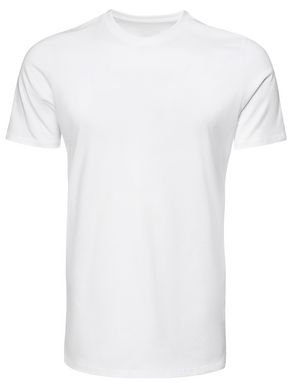
Label abrasion resistance of car tyres!
With regard to the second most frequent source, tyre abrasion, tyres that last longer and not merely 20,000 kilometres help. Combined with modern road surfaces, a significant reduction in abrasion can be achieved here, with a direct impact on the quantity of microplastic. Unfortunately, the EU includes in the scope of tyre labelling according to the labelling regulation (Regulation/EC/1222/2009) only the properties of roll resistance, wet grip and rolling noise. Abrasion resistance and mileage would surely also be criteria to be assessed here.
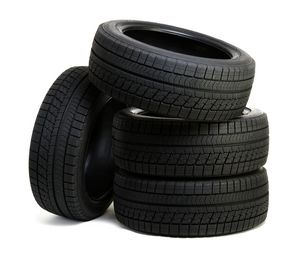
And what about cosmetics?
The opinion often prevails that microplastic comes from additions to cosmetics and body care products. However, this source accounts for only 1.7%. Some countries, such as England, have moved to ban these products. In other countries, such as Italy and New Zealand, such bans are planned. Environmentally friendlier alternatives are now also available to the cosmetics industry6.
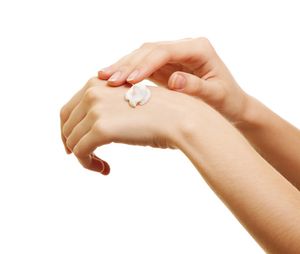
Does the plastics industry not have to do anything then?
Yes, it does. The raw material comes in the form of pellets, which are also considered microplastic. In the event of improper handling (when the machines are filled), pellets can get onto the ground and into the environment via the drains. The Zero Pellet Loss initiative was launched by Plastics Europe Deutschland and the Verband der Chemischen Industrie in Germany. Those who join this initiative take measures aimed at ensuring that no more pellets are lost. The quantity of pellets in the bodies of water have decreased due to technological advancement and for economic reasons alone. Various studies prove this. 7
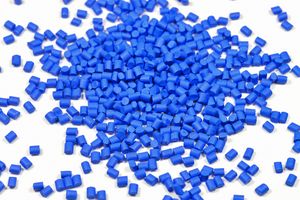
There are already technical possibilities today for reducing microplastic. The manufacturers of tyres and the manufacturers of washing machines and car washes are called on to act.
1 Kunststoffe in der Umwelt. Mikro- und Makroplastik, Fraunhofer Institut für Umwelt, Sicherheits- und Energietechnik Umsicht, Oberhausen, Juni 2018
2 Plastik ist ein Medienhype, Prof. Dr. Bernhard Wehrli (ETHZ), in Luzerner Zeitung, 03.07.2018
3 Boucher/Friot, Primary Microplastics in the Oceans: a Global Evaluation of Sources, International Union for Conservation of Nature IUCN, Gland, 2017
4 Water Footprint Network, Enschede, 2018 (Website)
6 Scientists have invented environmentally friendly microbeads, BBC, London, 2017
7 Ryan et al., Monitoring the abundance of plasticdebris in the marine environment, 2009


